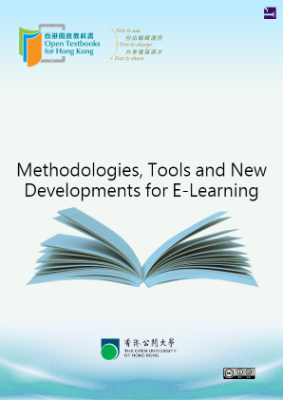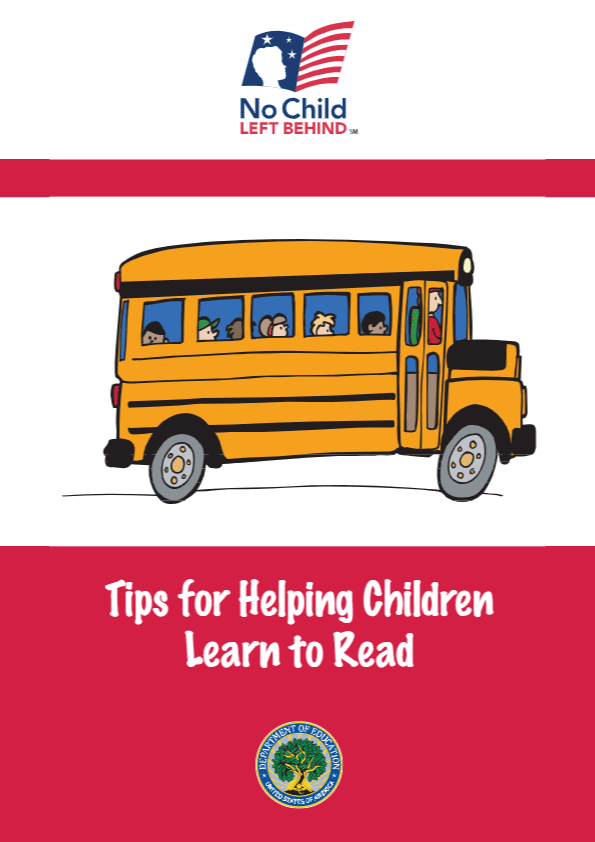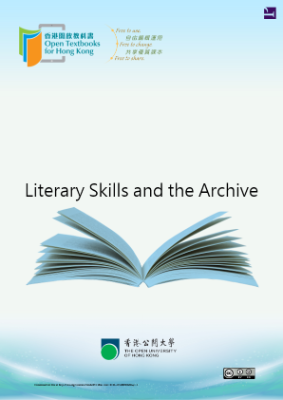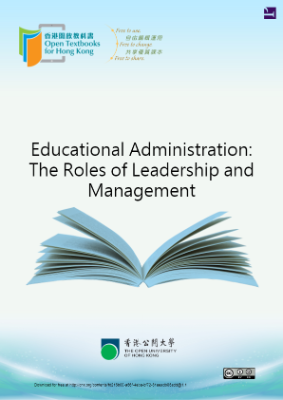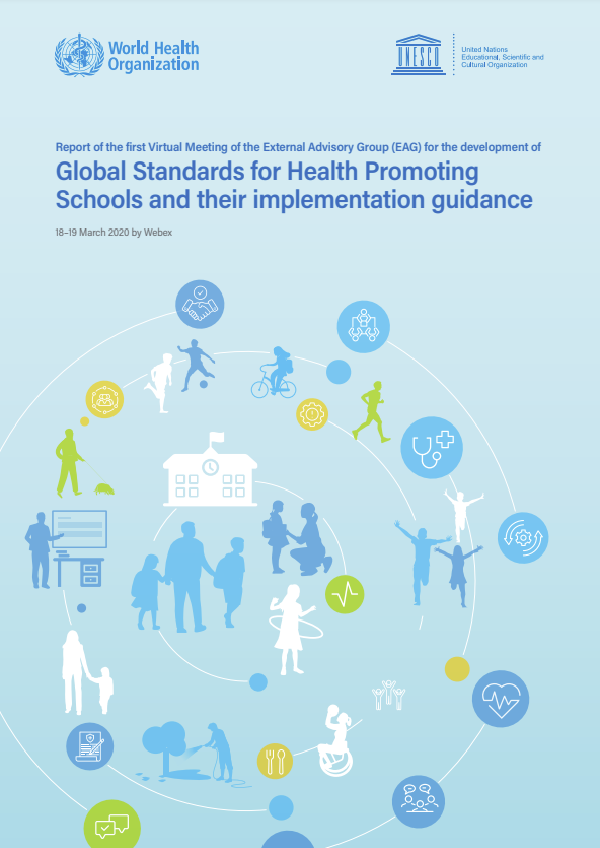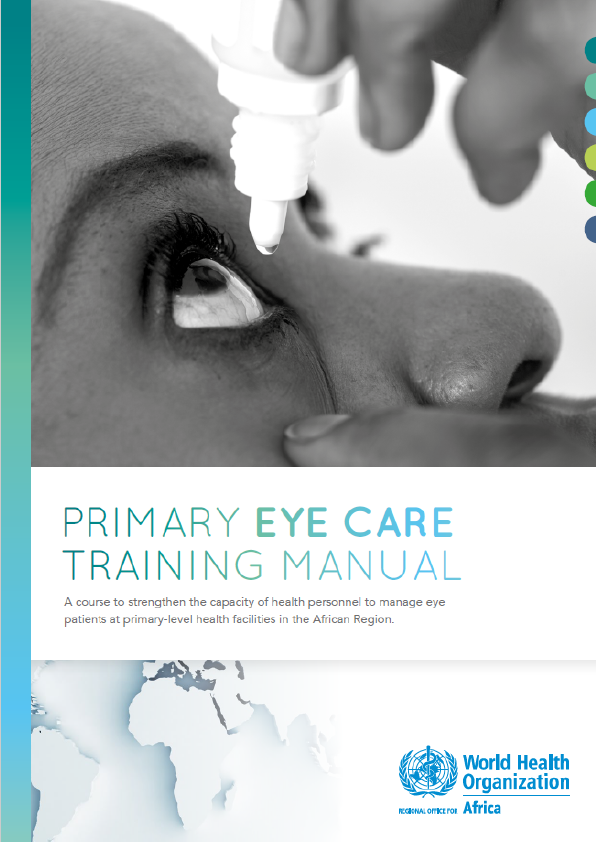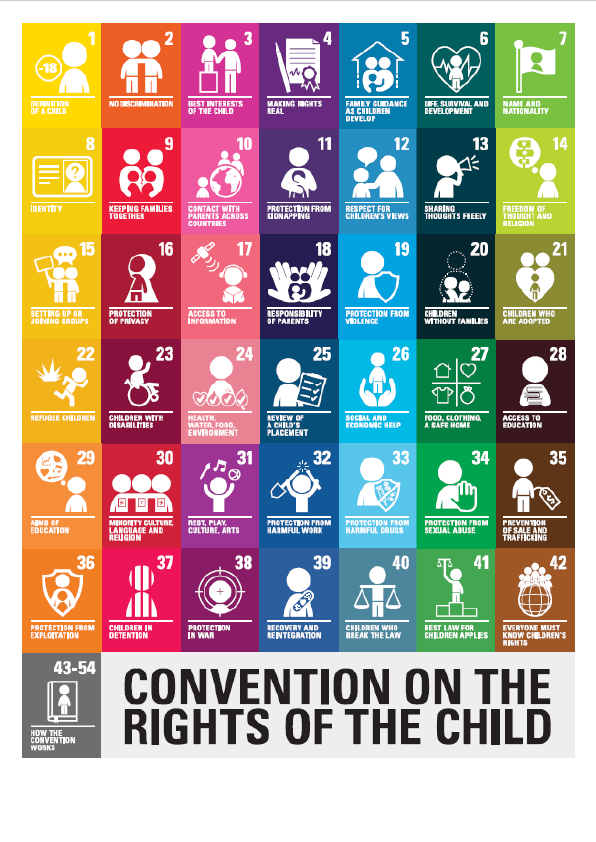Much has been written about the effect that web technologies are having on commerce, media, and business in general. But outside of the ‘edublogosphere’, there’s been little coverage of the impact it is having on education. Teachers are starting to explore the potential of blogs, media-sharing services and other social software – which, although not designed specifically for e-learning, can be used to empower students and create exciting new learning opportunities.
In the present chapter characteristics of some sample Web 2.0 tools for PKM (Personal Knowledge management) are discussed. Educational uses of wikis and blogs are outlined. Blogs and wikis represent new repositories of information and knowledge for personal and institutional purposes. System architecture of semantic blogging framework is shown. Challenges and future perspectives of Web 2.0 in e-learning are presented. Social software driven approach represents a shift towards a new open and knowledge-pull model for learning. The platform, developed and prototypical in use at Varna Free University, is based on concepts like social tagging and networking and therefore offers its users a new perspective of Web 2.0 driven learning.
Open source Learning Management Systems (LMS) have an advantage in universities and developers can build and integrate easily open source web 2.0 tools into the LMS.
This chapter suggests that Web 2.0 tools provide an opportunity for new developments of the e-learning concept and discusses these new approaches developed with the objective of operationalising this social perspective in the context of managing personal knowledge. At the centre of this approach are the challenges of personalization and collaboration. Rather than integrating different tools into a centralized system, the idea is to provide the learner with tools and hand over control to him/her to select and use the tools the way the learner deems fit. Chatti et al. (2006) discuss the potential use of social software in learning environments. Open blogs and cloud platforms such as Facebook have great educational potential (Meyer, 2010). Setting up an e-learning system is very easy now. Almost anyone can now establish an online learning community using open source learning tools that comprise Web 2.0 features. That’s why it is now possible for any organization to afford personalized online courses with a learning management system having advanced features to support mutual communication and collaboration. Production and delivery of elearning programs is far easier with the arrival of Web 2.0. Discussion forums, wikis, blogs and podcasts are just a beginning in the field of online learning.
E-learning has evolved through a series of overlapping stages. Stage 1 consisted of communication and course management tools, from web page to, course management systems, PowerPoint, email, bulletin boards, and chat rooms. Web 1.0 definitely improved the learning experience. It facilitated student-faculty and studentto- student communication. It gave students access to a broad range of databases and research resources. It made it much easier for students to conduct searches. It broadened the range of resources we brought into our classes, including audio and visual resources. And it allowed us to reinforce student learning by presenting material visually. But too often, Web 1.0 involved an impoverished definition of interactivity.
E-learning’s second stage emphasizes active learning, collaboration, and enhanced interaction. Wikis, blogs, mashups, podcasts, tags, and social networking are the buzz words. These technological innovations offer opportunities to students to engage in inquiry and to share resources and create collaborative projects.
